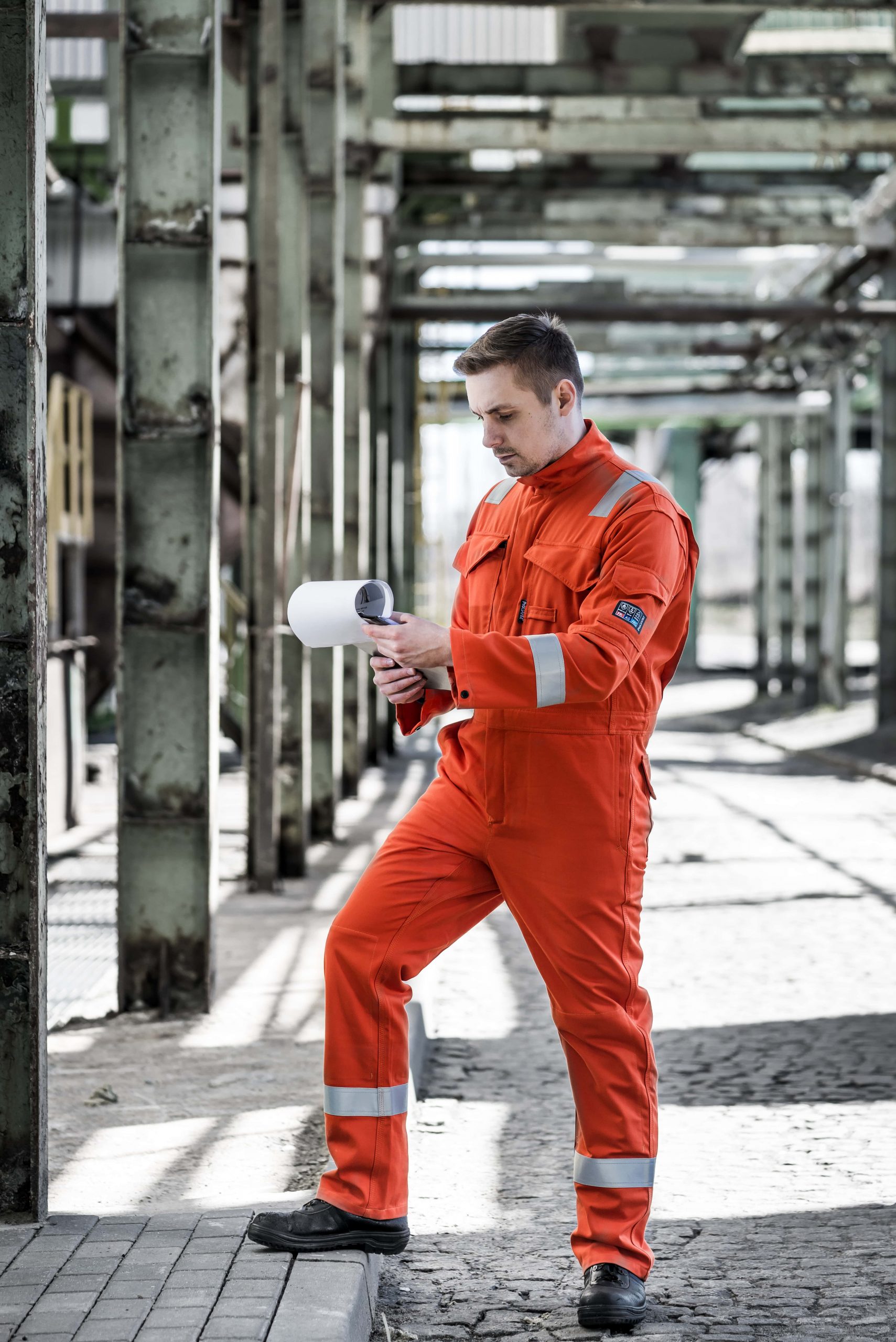
Fire safety has been high up on the news agenda for the last few years following the Grenfell Tower disaster and the subsequent fall-out over unsafe cladding. A new Fire Safety Act was made law at the end of April 2021 and is designed to limit the chances of such tragedies ever happening again in multi-occupied residential buildings.
But what about fire safety in the workplace, what can you do as a business to mitigate against such a potentially devastating event happening?
Firstly, it is important to have a joined-up approach that ensures management and staff buy-in to a culture that is fire safety aware. Appropriate fire risk assessments and training should be carried out as well as appointing a designated Fire Warden(s).
All the necessary fire-safety measures need to be put in place, too. This includes fire safety supplies such as fire doors, extinguishers, risk assessments, and fire alarms. Without such measures, fires can spread quickly and, in a worst case scenario, lead to fatalities and the building premises being razed to the ground.
Alarms need to be tested regularly as a failed alarm can lead to consequences far more devastating than if it had been activated and done its job of alerting staff to danger.
Fire extinguishers can help stop the spread of a fire, or at least slow it down, and these need to be placed strategically around the building. All fire extinguishers should be regularly serviced by a suitably trained person and be frequently inspected for potential damage by the person responsible for fire safety within the building.
Fire safety signage keeps fire safety front and centre of everybody’s minds and guards against complacency.
The positioning and type of signage should be determined as part of the fire risk assessment and is usually governed by the layout of the building. There are lots of different categories of fire signage required by the two main pieces of fire safety legislation governing fire safety signs.
We’ve highlighted some examples below:
Fire Action Notices
All commercial premises must display a Fire Action Notice, which tells people what to do in case of a fire. The information on them typically includes the phone number to call the fire brigade, which exit to leave the building and the location of the assembly point.
Fire Exit signs
Commercial buildings with a less than straightforward layout will need a fire exit sign, to help guide those inside away from danger and to the assembly point in the quickest and safest manner. Directional signs with arrows indicating which way to go can be particularly helpful, especially to those not familiar with the layout of the building.
Fire Exit Doors
All fire exit doors must carry a ‘Fire door, keep shut’ sign. Depending on the nature of the door and its opening mechanism – a push button, bar handle or automatic, for example – further user instructions may be needed. Other information on Fire Exit Door signs may include a notice to keep the door clear of obstructions.
Fire Assembly Points
Fire assembly points are typically away from the building, for the safety of staff and also to prevent gatherings of people obstructing the fire service from doing their job. As such, signage is crucial to point them in the right direction otherwise they may get lost, particularly if visibility is impaired due to smoke, and not make it to the right location.
Fire equipment signs
Whilst staff should have been trained in the use of fire-fighting equipment such as fire extinguishers and fire blankets, sometimes this knowledge can get lost in the heat of the moment. Having clear operating instructions next to the equipment will provide reassurance to the user. It is also vital to know what equipment is appropriate for the type of fire they are tackling.
Prohibition/Warning signs
No smoking signs or signs that alert people to the presence of flammable gases or liquids typically fall into this category.




![stronghold global logo[94]](https://www.strongholdglobal.com/wp-content/uploads/2022/03/Stronghold-Global-Logo94.png)




